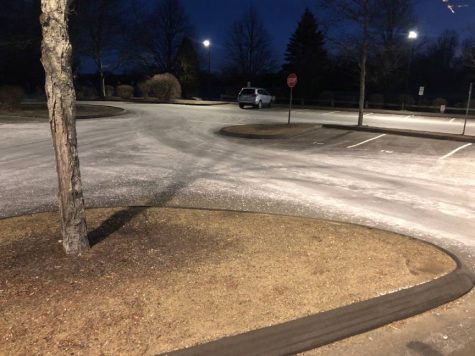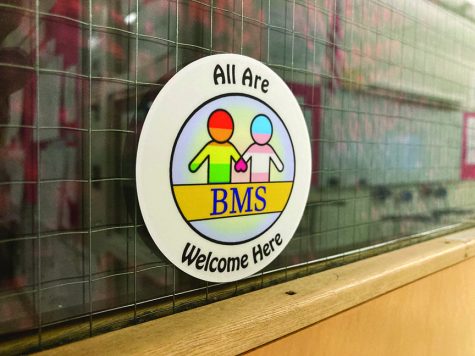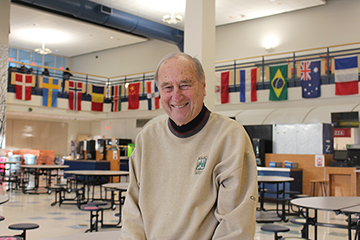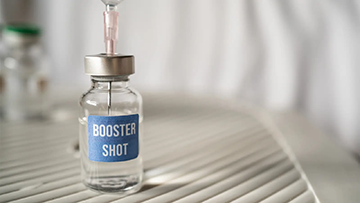The Effort to Give Kids a Healthy Lunch

When principal Dr. Adam Rosen isn’t in meetings or running the school, you can sometimes find him collecting donations of bananas… and going bananas!
During lunch, Dr. Rosen and some other teachers have been gathering students’ unwanted apples, oranges, raisins and bananas and placing them in bowls. “I prefer that you eat your fruit; however, if you know you’re going to throw it away, you can put it in this bowl,” he tells them. By the end of lunch, Dr. Rosen has saved bowls filled with fruit from the trash.
But where did this interesting idea come from and why are kids even thinking about throwing away fresh fruit?
In the Westport Public Schools District, grades K-8 follow the policies of the federal school lunch program. This entails schools giving students fruit or vegetables on their plate, and in turn, receiving payment from the government to keep the cost of student lunches lower.
The federal school lunch program requires students to take a fruit or vegetable in order to be charged a student price for lunch. Otherwise, the lunch costs full price. The goal of this policy is to make sure students have a more balanced meal with fruits and vegetables; but having a more balanced mean doesn’t mean eating a more balanced meal. Many students choose not to eat their fruit and throw it away.
Many complain that they think the fruit is unsanitary or that they just don’t like it.
“I think kids should get to choose if they want the fruit or not so that there is less food wasted,” said 8th grader Chloe Ashton.
For a number of years, this issue has been an issue at Bedford. Students and staff have noticed the large amount of uneaten fruit and have tried to find a solution. Multiple discussions and solutions have been attempted, but none have ended successfully.
One idea was to donate the fruit, but to the school’s disappointment, there were no organizations nearby that accepted perishable foods as donations. Groups such as Feeding America are not located close by and therefore are not available for donations. There are some organizations that accept the fruit for compost, but the administrators prefer that the fruit be used for consumption, rather than put the ground.
Then, around the beginning of this year, Ms. Deb Perry started walking around the lunchroom with an empty bowl. Kids starting dropping in fruit, and a trend began. “It was like a New Year’s resolution – do something about wasted food!” she said.
Other staff members, like art teacher Mrs. Cecily Anderson, caught on and began collecting fruit with bins of their own. Finally, Dr. Rosen decided to get in on the act himself. Since then, he has collected many bins filled with fruit. After he is done, Dr. Rosen places the fruit in a bowl in the front office available as a snack for anyone to enjoy. You can also find bins of fruit in the pods, or in the faculty lounges. This way, the fruit gets recycled back into the community for consumption. Every day, students, teachers, parents, and administrators, including Superintendent Colleen Palmer, help themselves to a tasty treat. And anyone worried about the cleanliness of the fruit shouldn’t worry. Dr. Rosen and other staff members only accept the fruit in good condition, and wash the fruit by hand.
“I look forward to seeing if this develops into something more. I know we have some creative students who will continue to think about this issue”
— Adam Rosen












